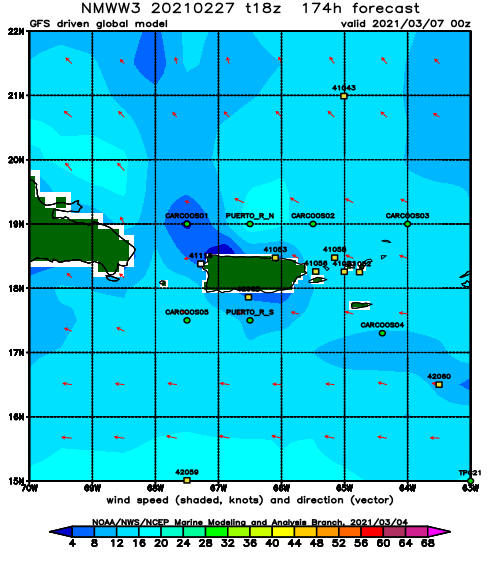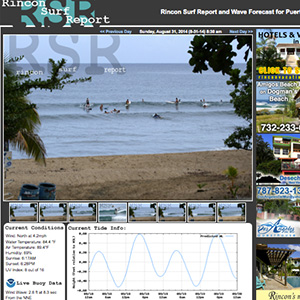Rincon Puerto Rico Surf Forecast – Feb 3, 2016
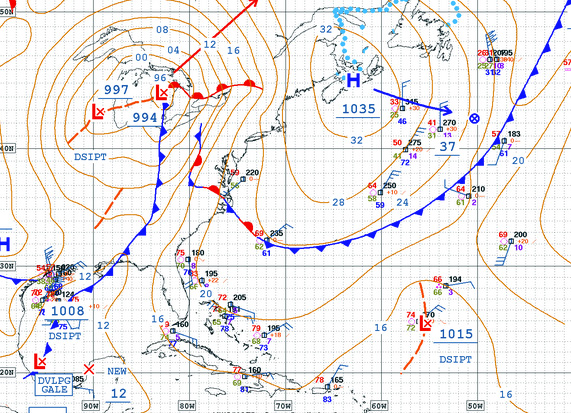
High pressure wind swell for the weekend.
I kept looking at the automated surf forecast tools with confusion over the past couple of days. I was seeing a lot of surf that was supposed to show up here in Rincon, but I wasn’t seeing it on the buoys. In fact, I don’t see anything favorable on the buoys for this weekend. When a NE swell is going to show up, you’ll normally see it on 41049 36-48hrs ahead of time. As of writing this there is no NE swell on that buoy. Looking at the live satellite animation on this page the only thing i could spot that could be faking out the models is high pressure wind swell. As a rule of thumb, ENE high pressure wind swell normally means flat for Rincon. I am kind of going against all of the big dogs with this forecast, but right now I’m calling for Rincon to stay small to flat until next week- knee to waist high for the most part. Next week is a different story.
We could see some massive swell next week.
If we get a low enough dip in the jetstream off the United States over the weekend, the next storm could swoop up a lower latitude system that is developing and make something spectacular happen. The models have been trending on this scenario to different degrees over the past few runs, but uncertainty is high. I’ll keep watching it to see if it pans out, but next week might bring the biggest swell of the season.
Today
NOAA WaveWatch III Wave Model:
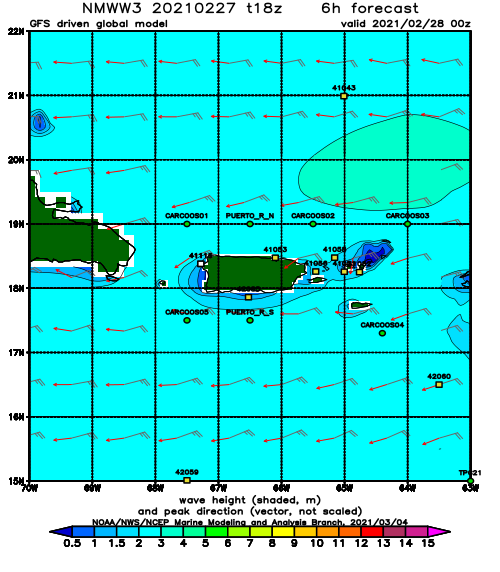
Forecast Swell Period:
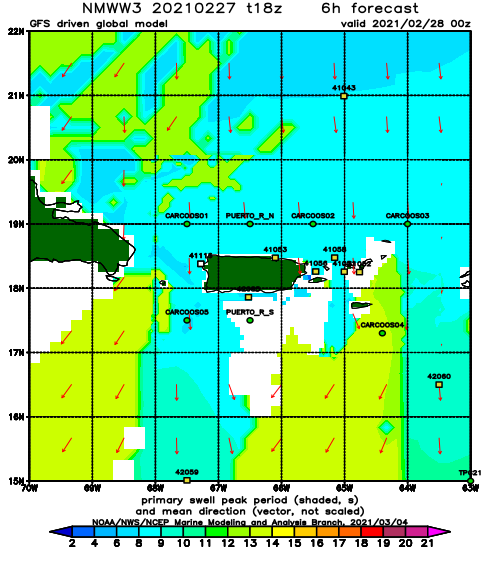
Forecast Winds:
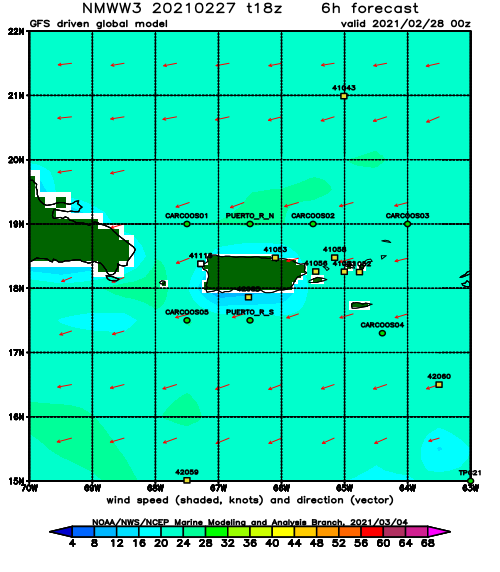
Sat
NOAA WaveWatch III Wave Model:
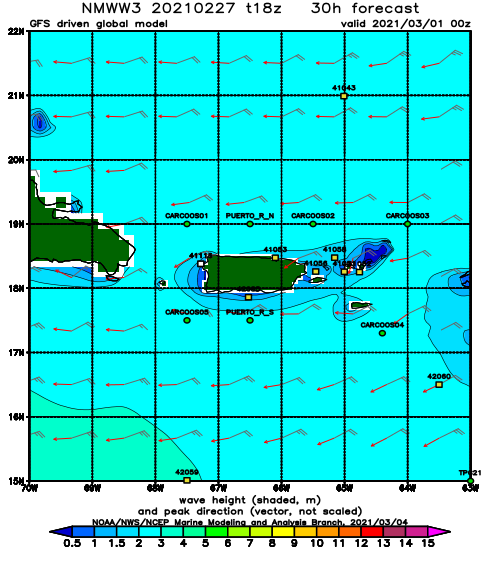
Forecast Swell Period:
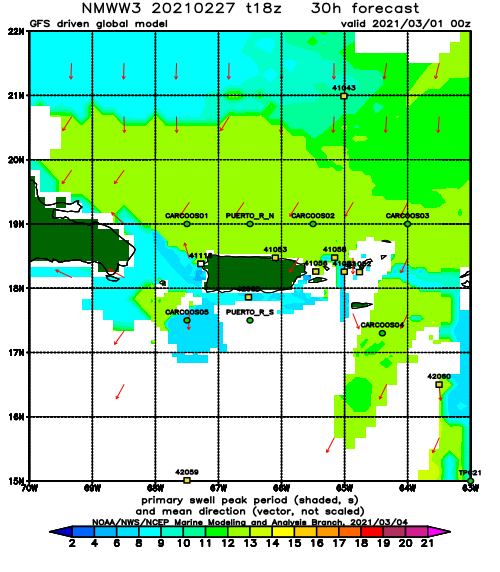
Forecast Winds:
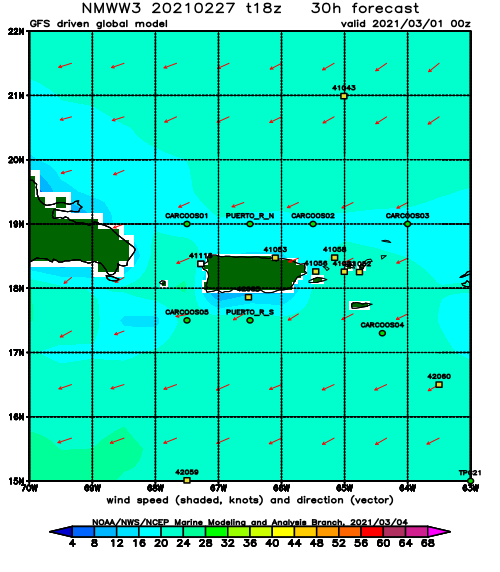
Sun
NOAA WaveWatch III Wave Model:
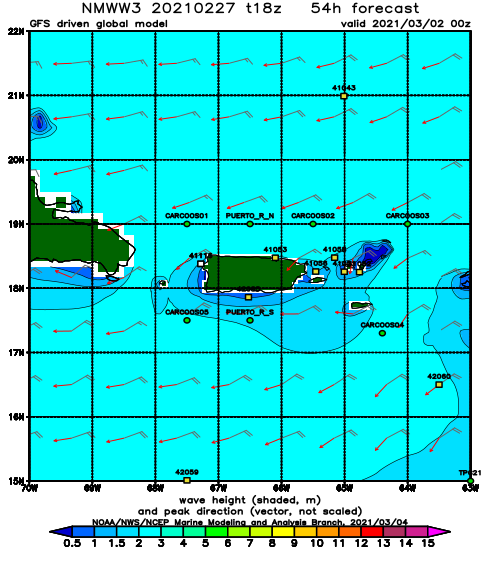
Forecast Swell Period:
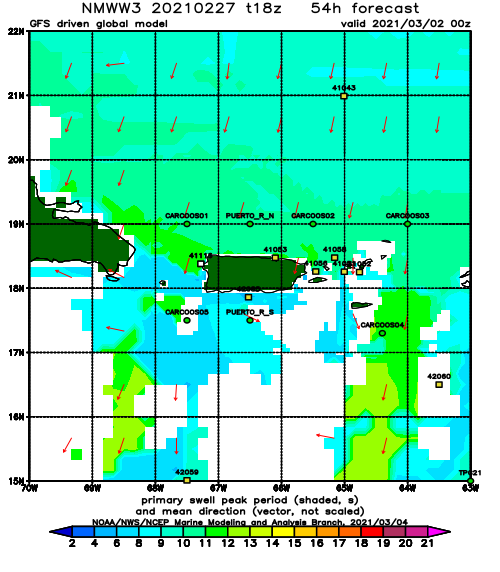
Forecast Winds:
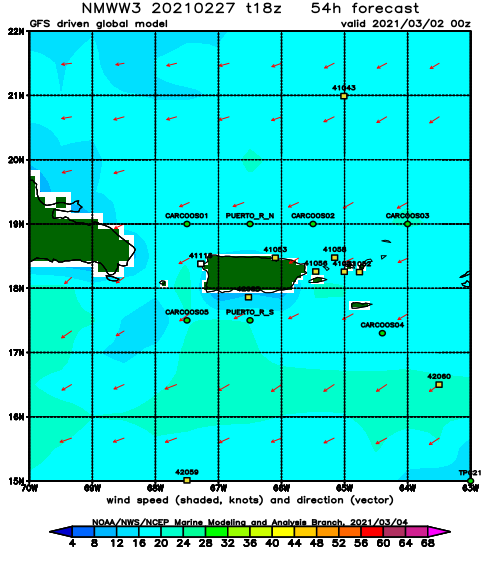
Mon
NOAA WaveWatch III Wave Model:
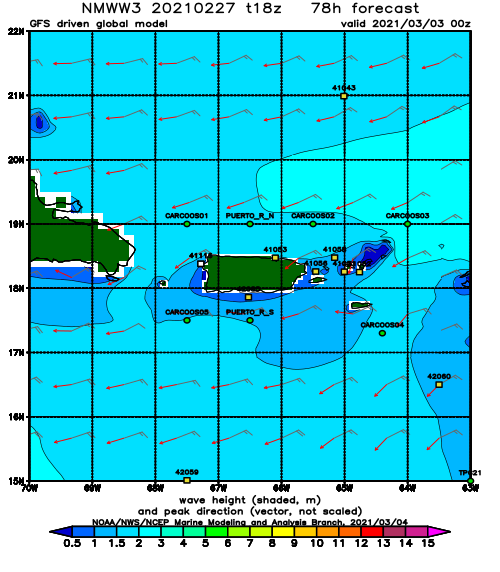
Forecast Swell Period:
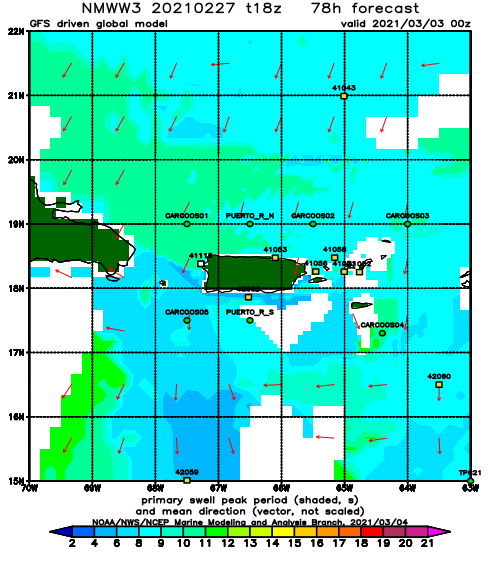
Forecast Winds:
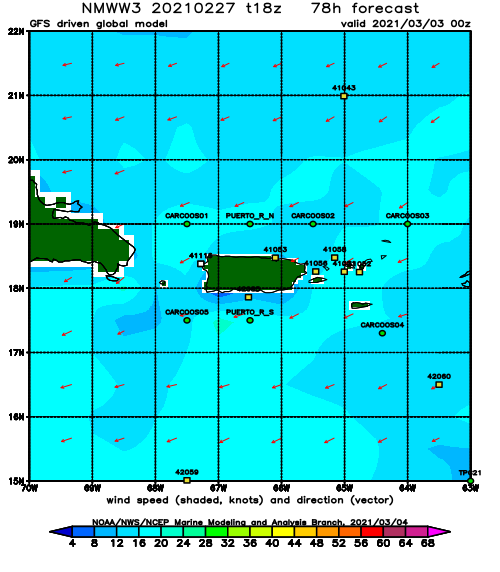
Tue
NOAA WaveWatch III Wave Model:
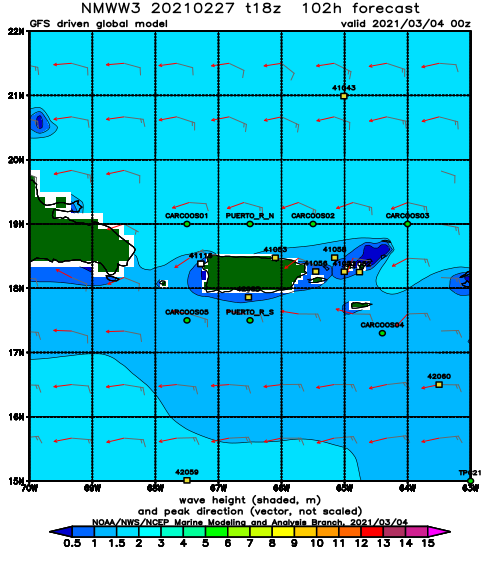
Forecast Swell Period:
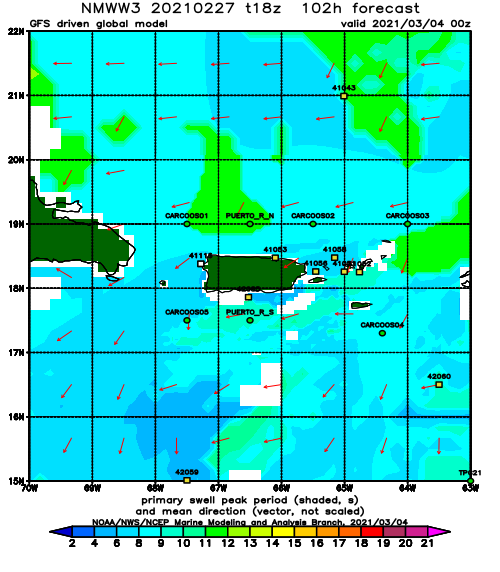
Forecast Winds:
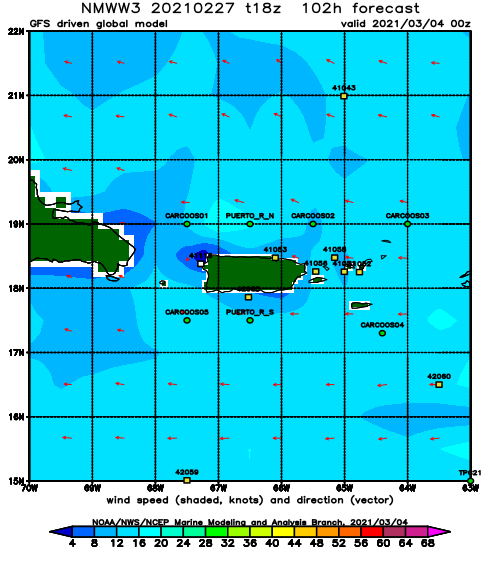
Wed
NOAA WaveWatch III Wave Model:
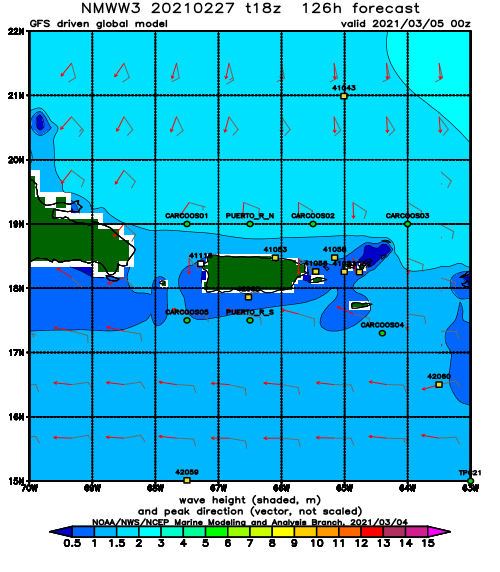
Forecast Swell Period:
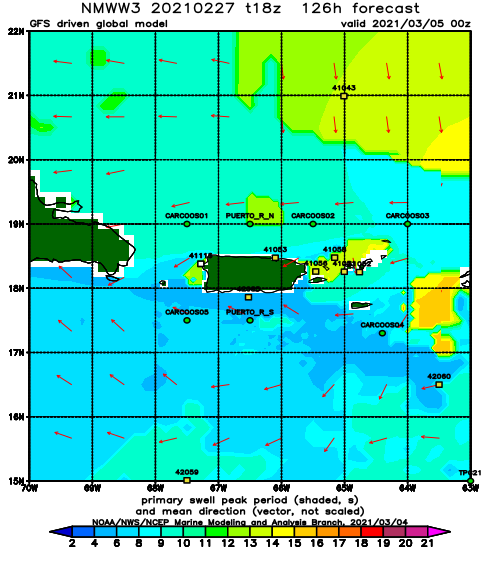
Forecast Winds:
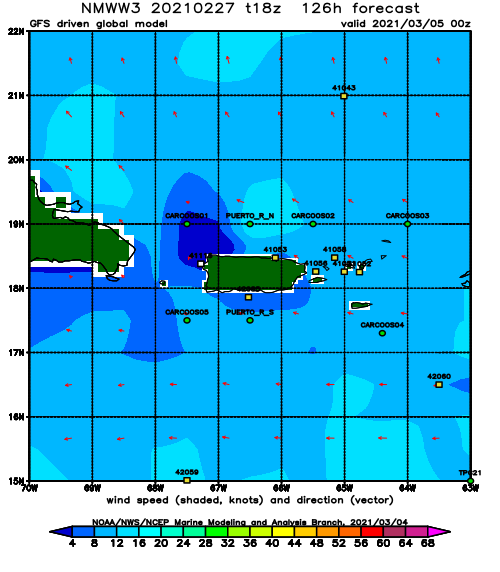
Thu
NOAA WaveWatch III Wave Model:
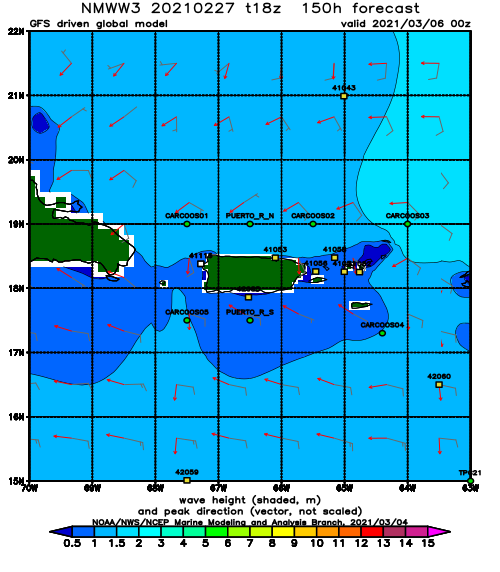
Forecast Swell Period:
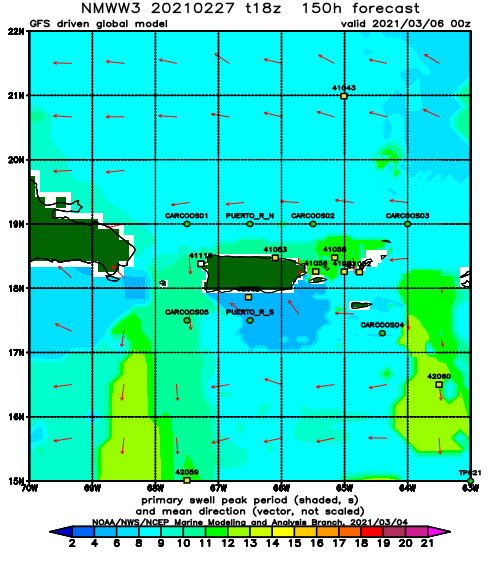
Forecast Winds:
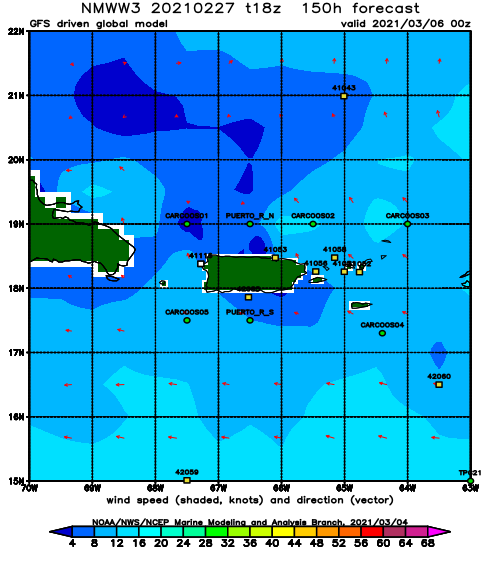
Fri
NOAA WaveWatch III Wave Model:
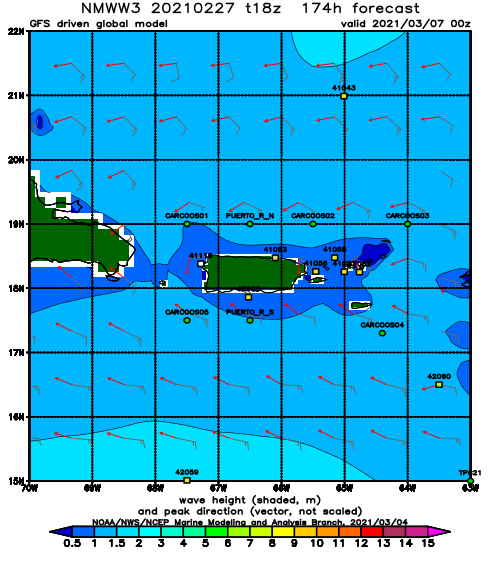
Forecast Swell Period:
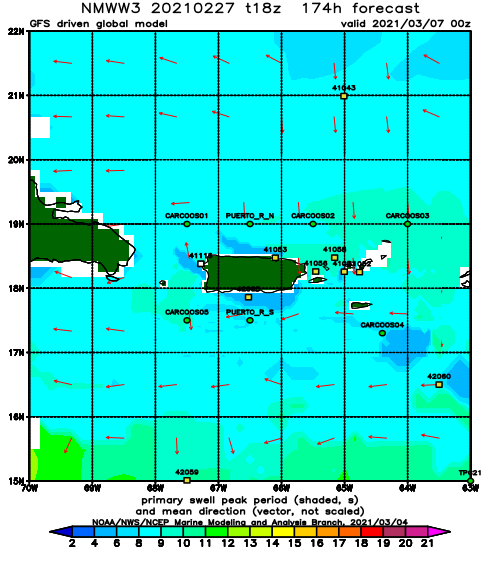
Forecast Winds:
